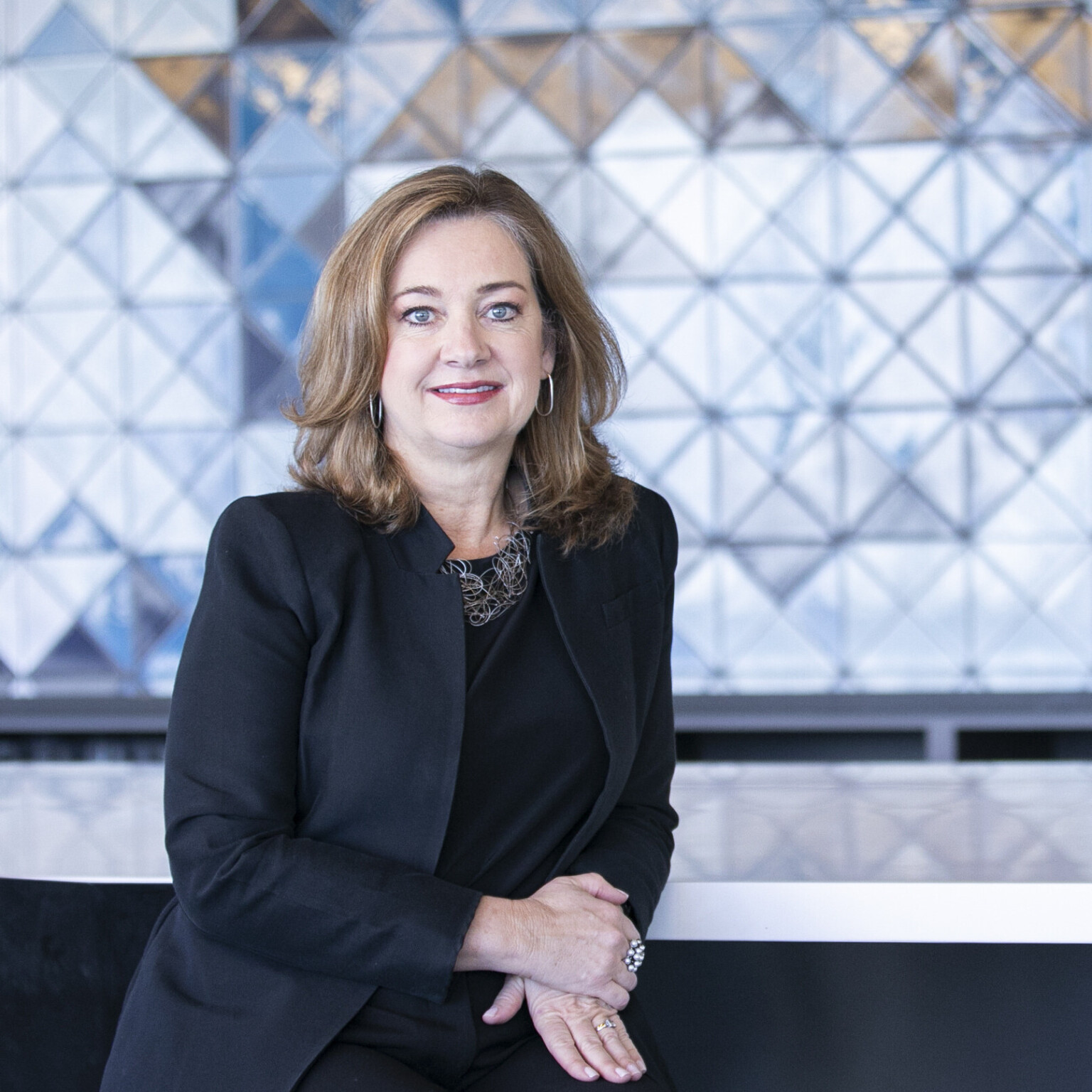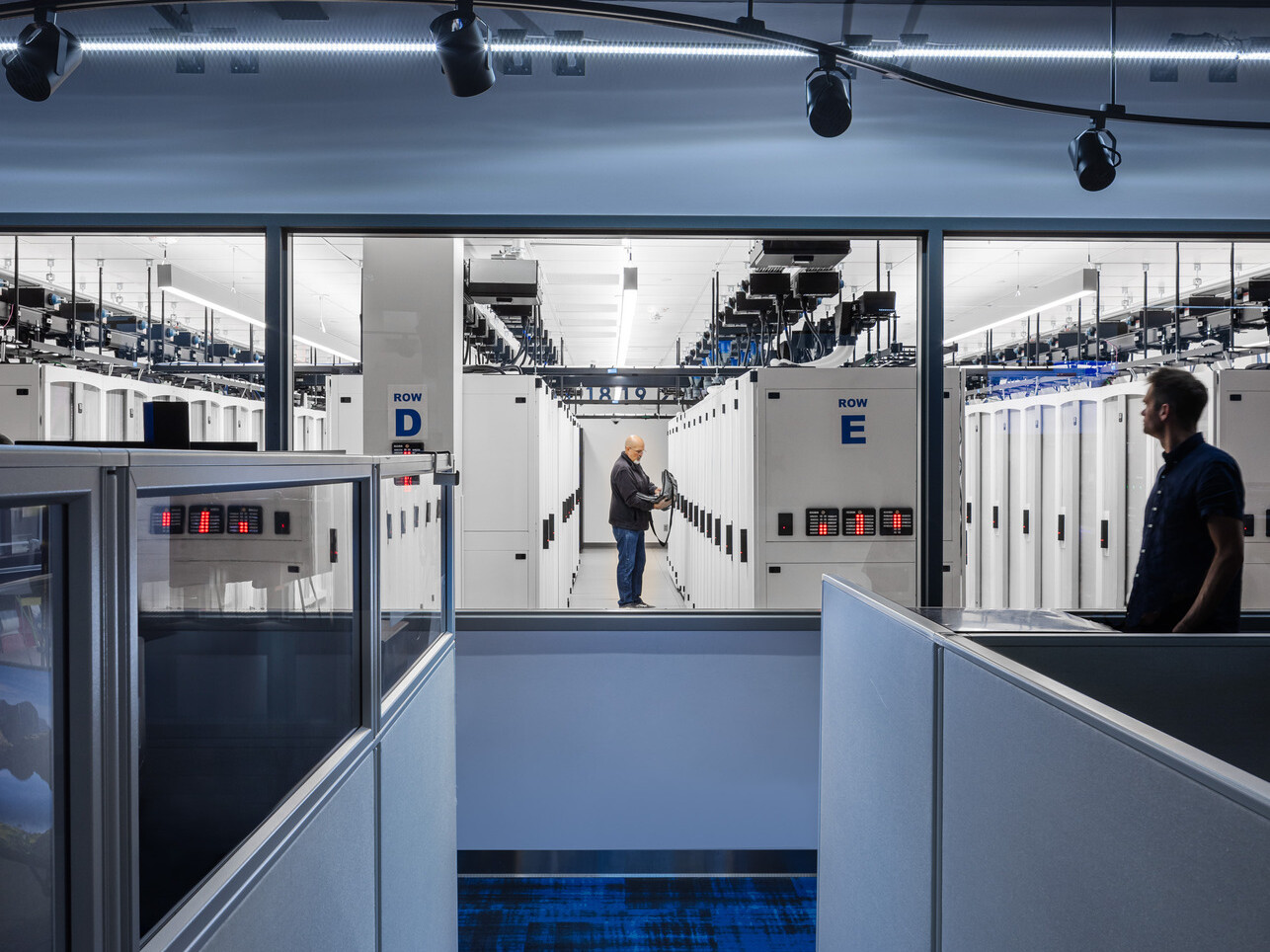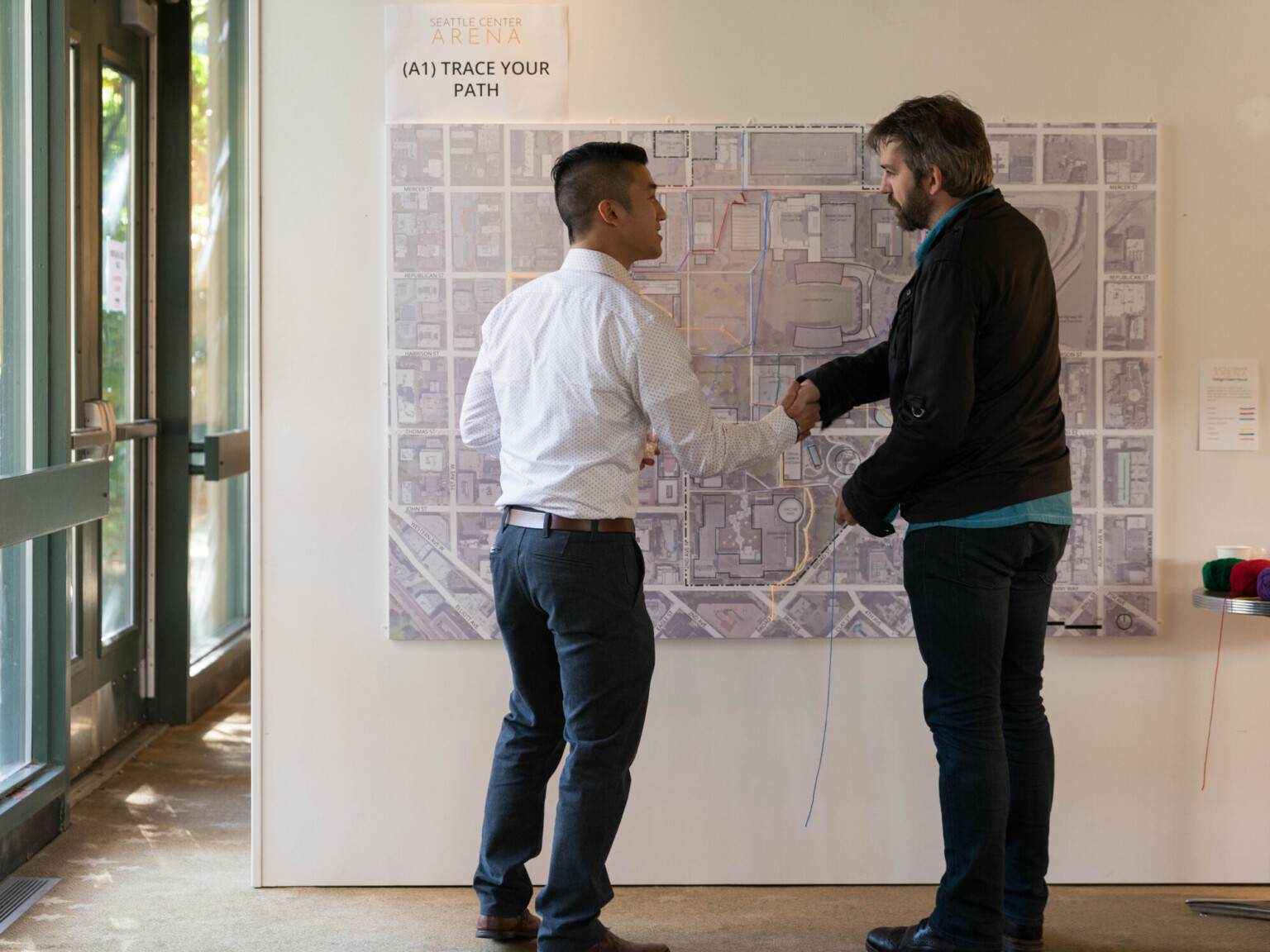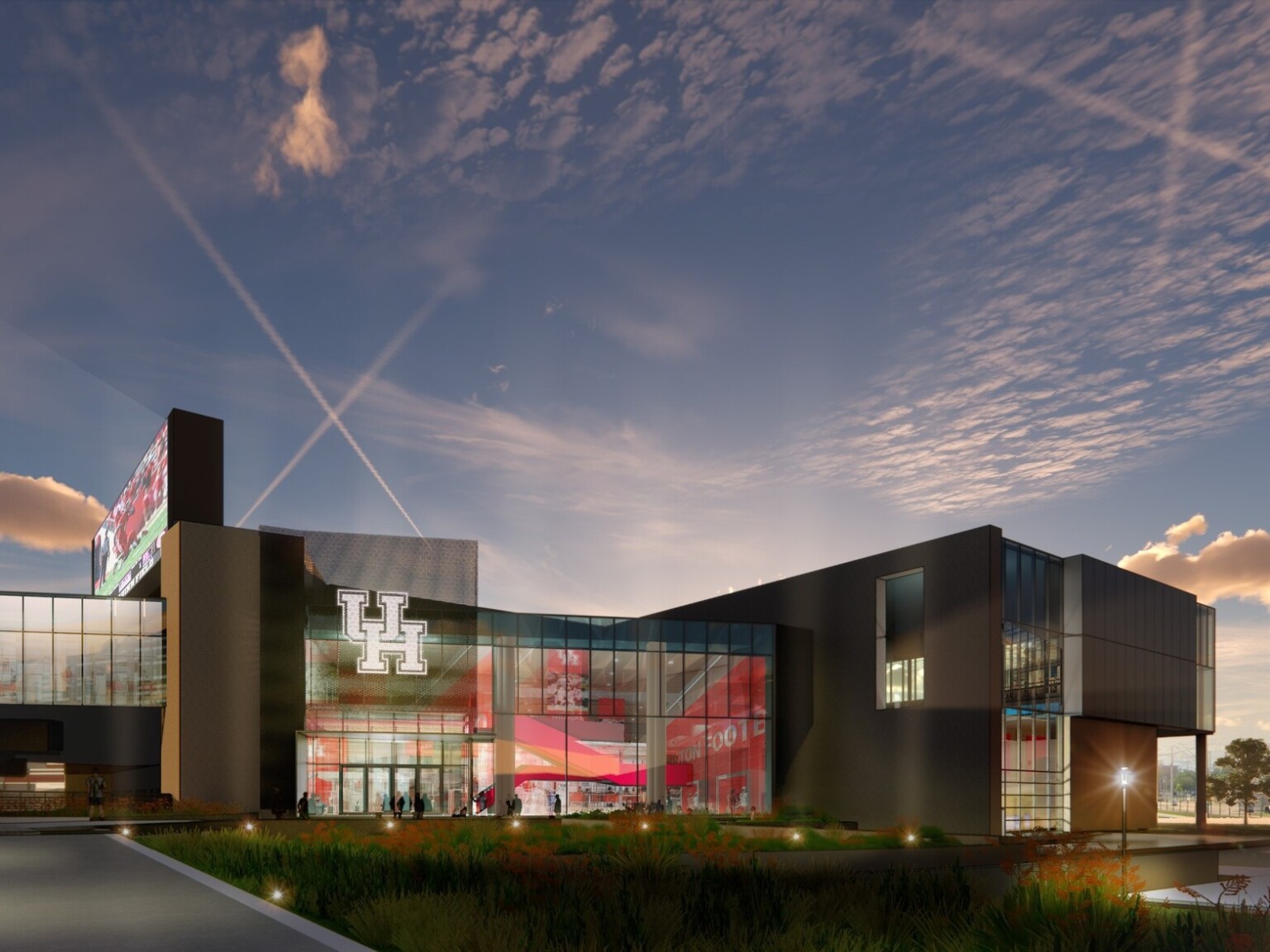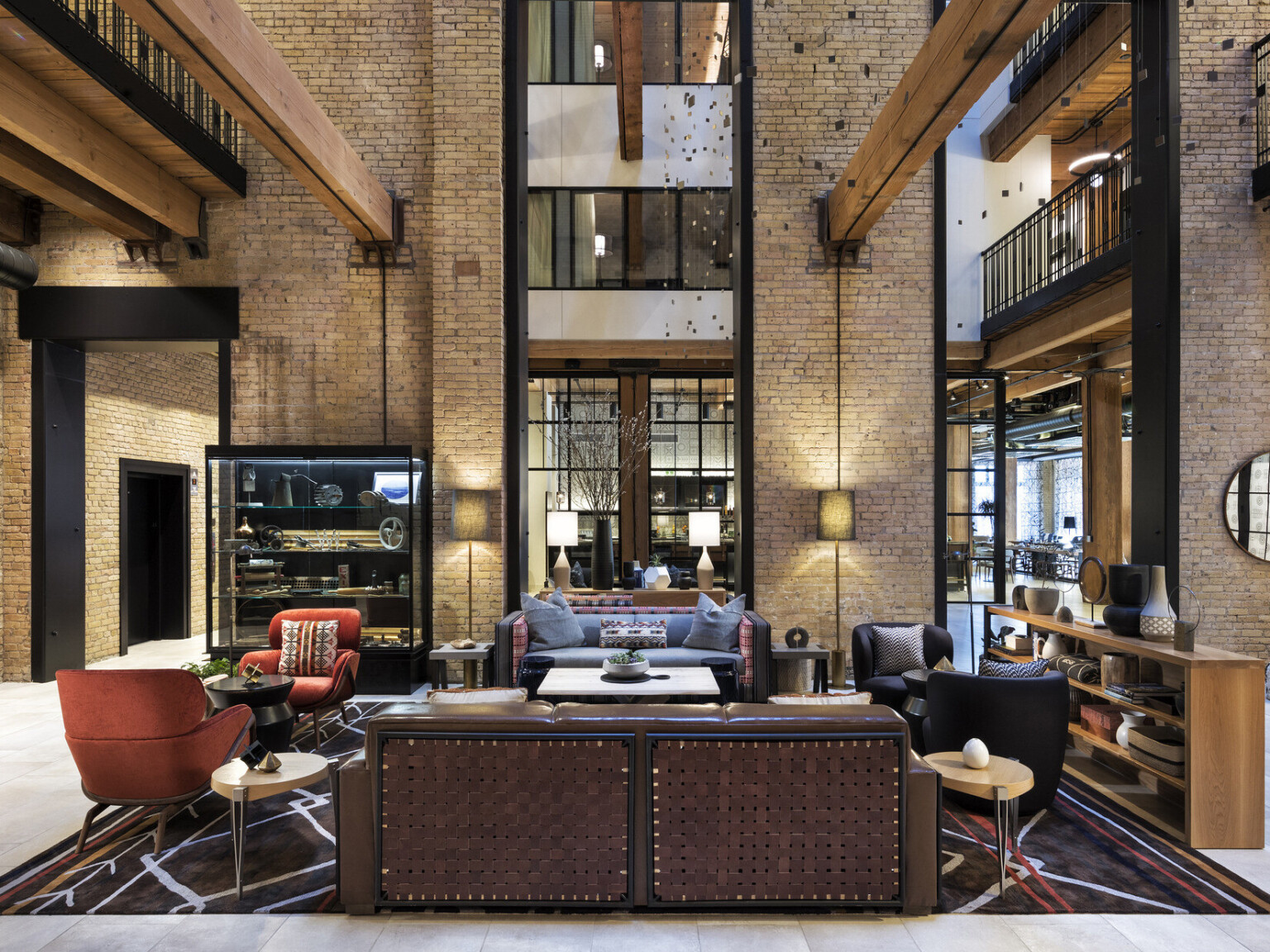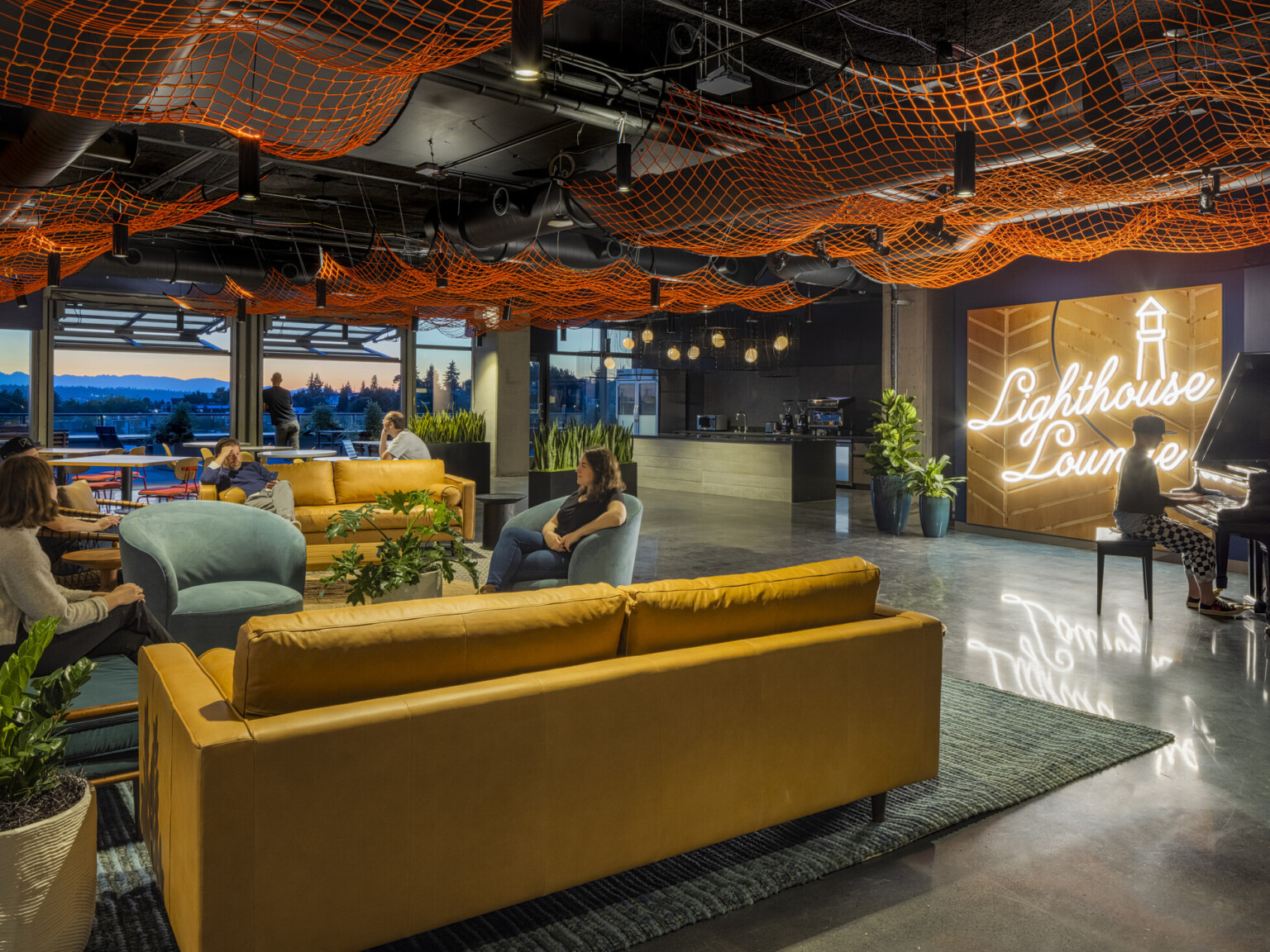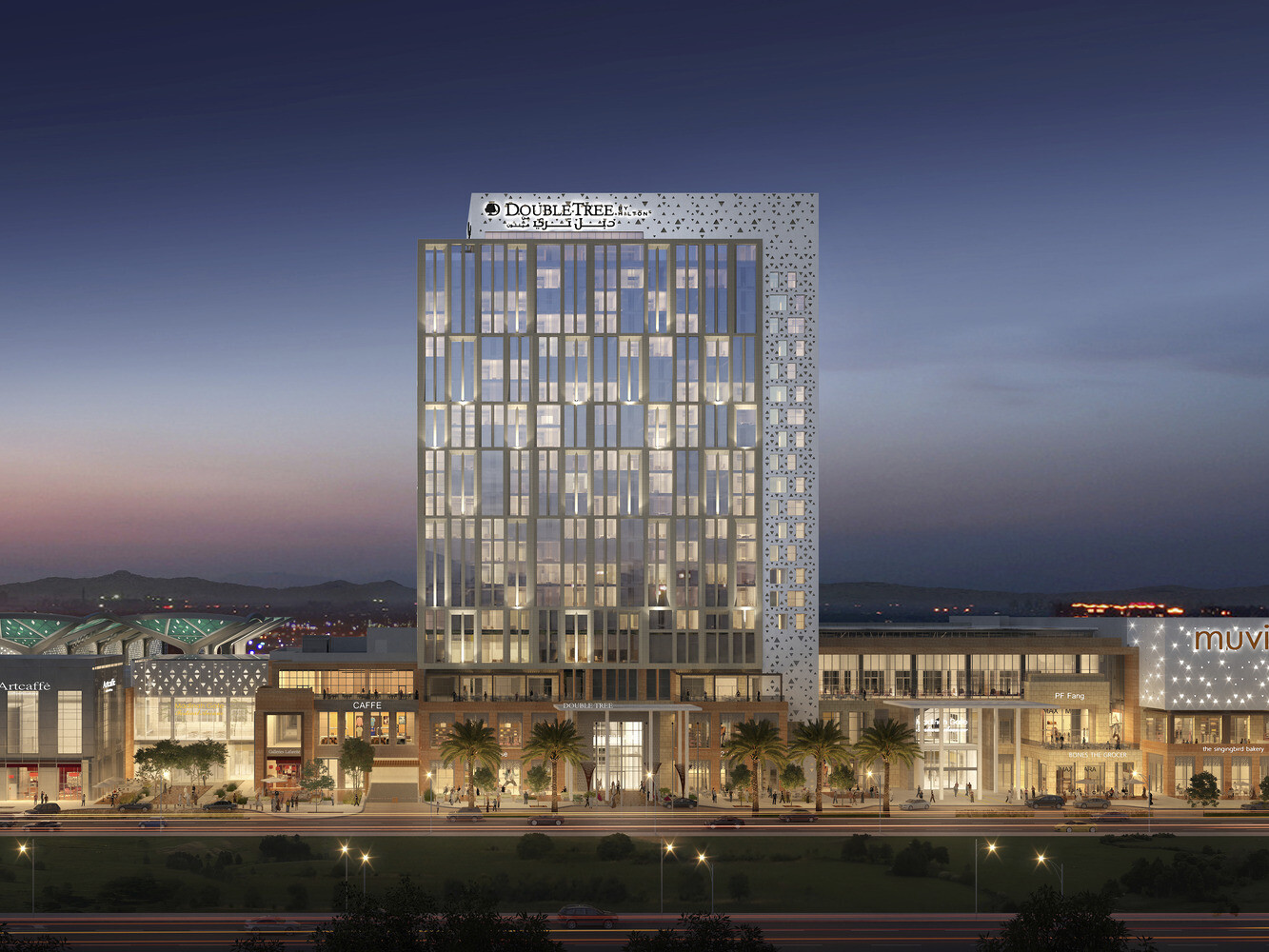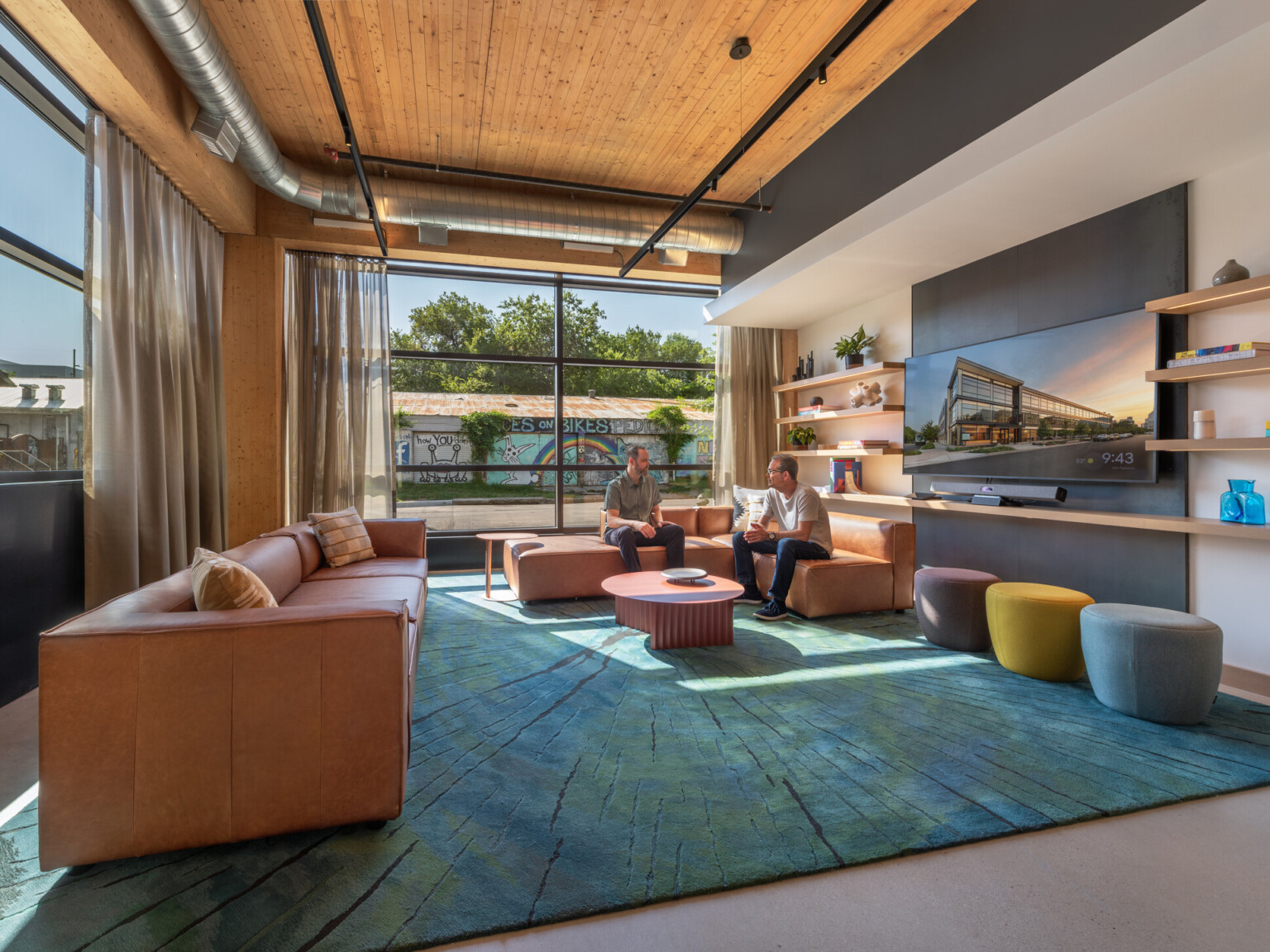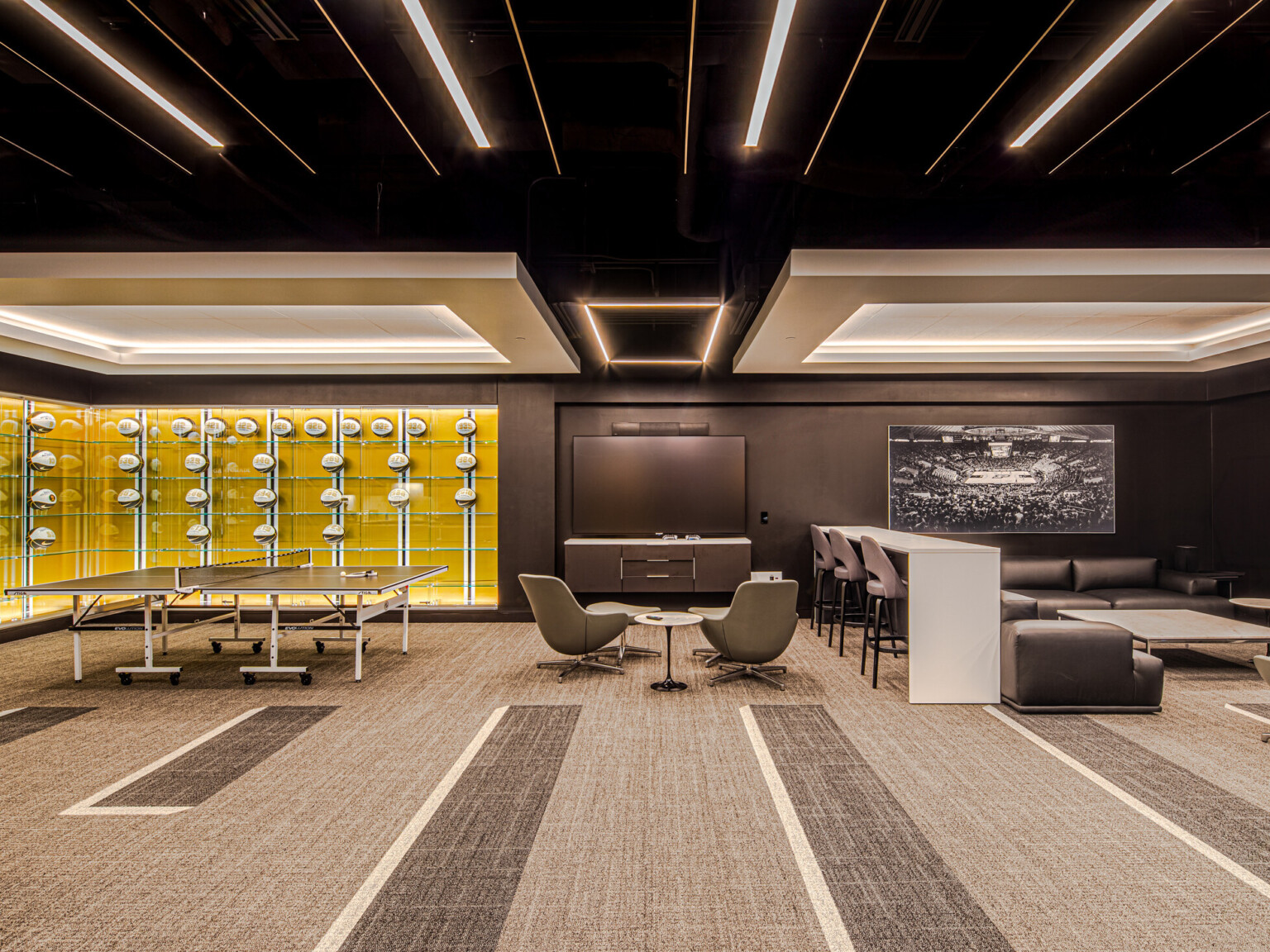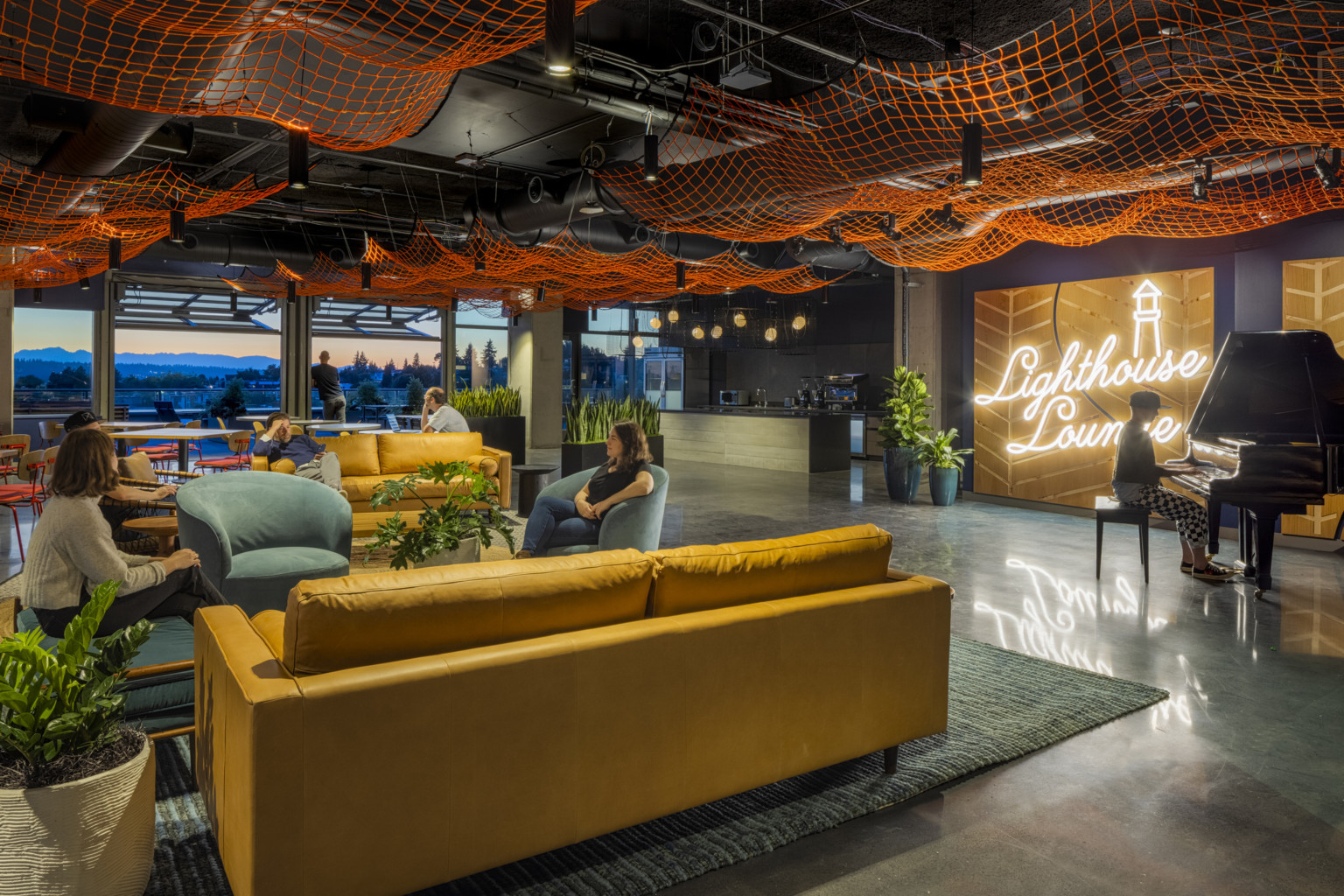
Five Key Spaces Transforming Mixed-Use Communities
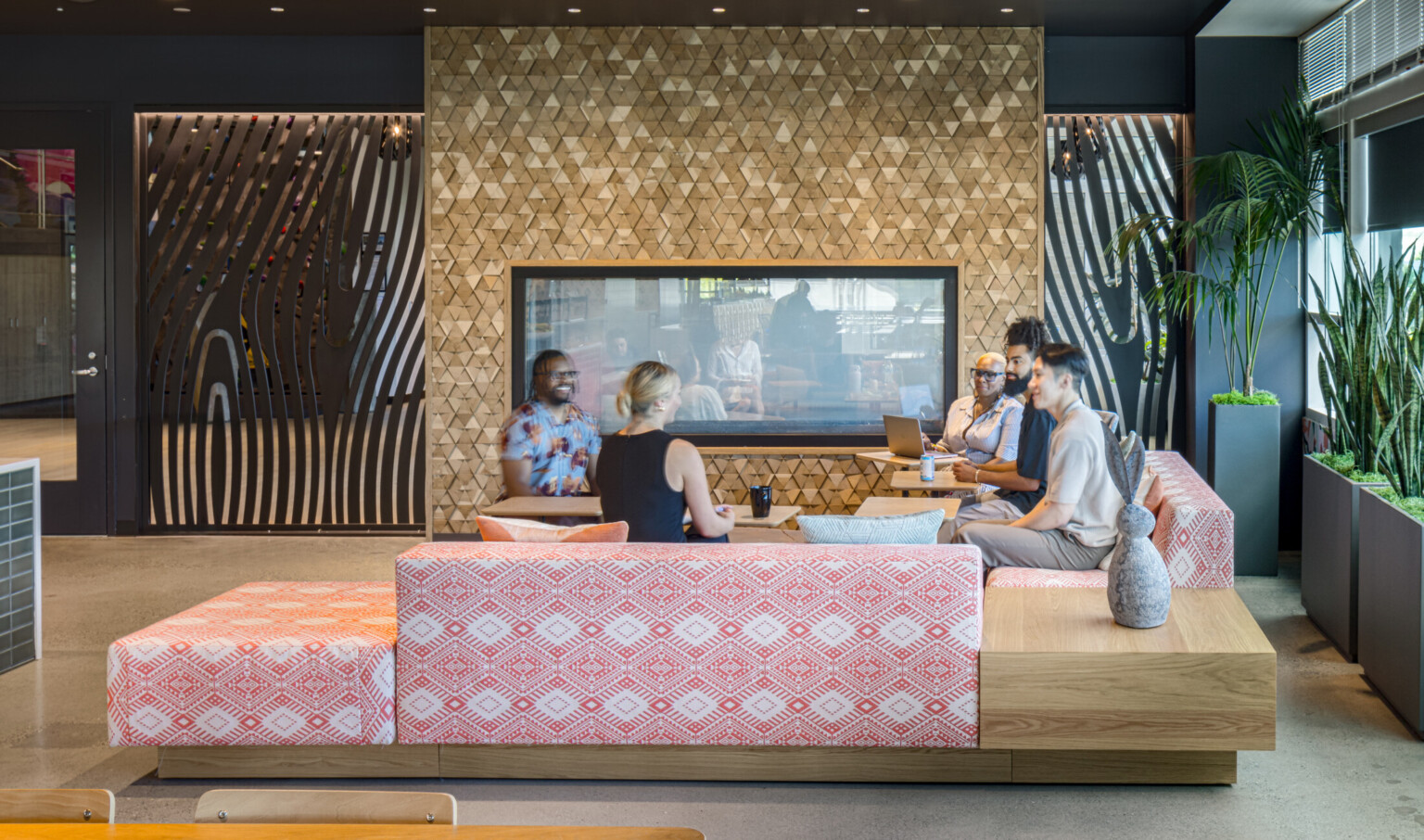
GATHER
It is clear at this point that preventing social isolation is crucial. Numerous studies link social gathering to longevity, happiness, and overall health. Developing a healthy network of close and casual acquaintances within our neighborhood and community promotes a sense of belonging and a desire to invest and stay.
While humans are social creatures, it can be hard to form new connections without support from both spaces and programs. Social gatherings naturally happen when there are food and beverage options nearby, or when people are able to have causal collisions over shared interests. The arts, games, and outdoor spaces all offer “loose space” where people can recognize one another and build connections over time. When large employers or startups have a presence in a community, turning their employees’ activities “inside out” – rather than encouraging them to stay within the building or campus for most of the day – can strengthen relationships between the business and community.
Encouraging and providing GATHER space for connection in communities, workplaces, and residential areas should be an important consideration in planning developments and campuses. For instance, when offered on a corporate campus for wellness at work, an additional attraction for tenants is a range of shared amenity spaces that free up their leased space for functions that directly impact their productivity. Corporate campuses that strategically target tenants in a specific industry are thriving due to the opportunities for collaboration and innovation through well-planned shared amenity offerings, leading to positive workplace wellbeing.
Because groups of any size can offer opportunities to connect, one building or neighborhood should have a variety of gathering spaces with different sizes, atmospheres, and privacy levels. Spaces for a duo to speak quietly complement larger spaces for friend groups and families. Creating a GATHER destination for around 30 people – indoors or outside – can build great value for meetings, parties, lectures, and special occasions. GATHER also offers the opportunity to support PLAY, CREATE, and RESTORE in the same space or nearby.
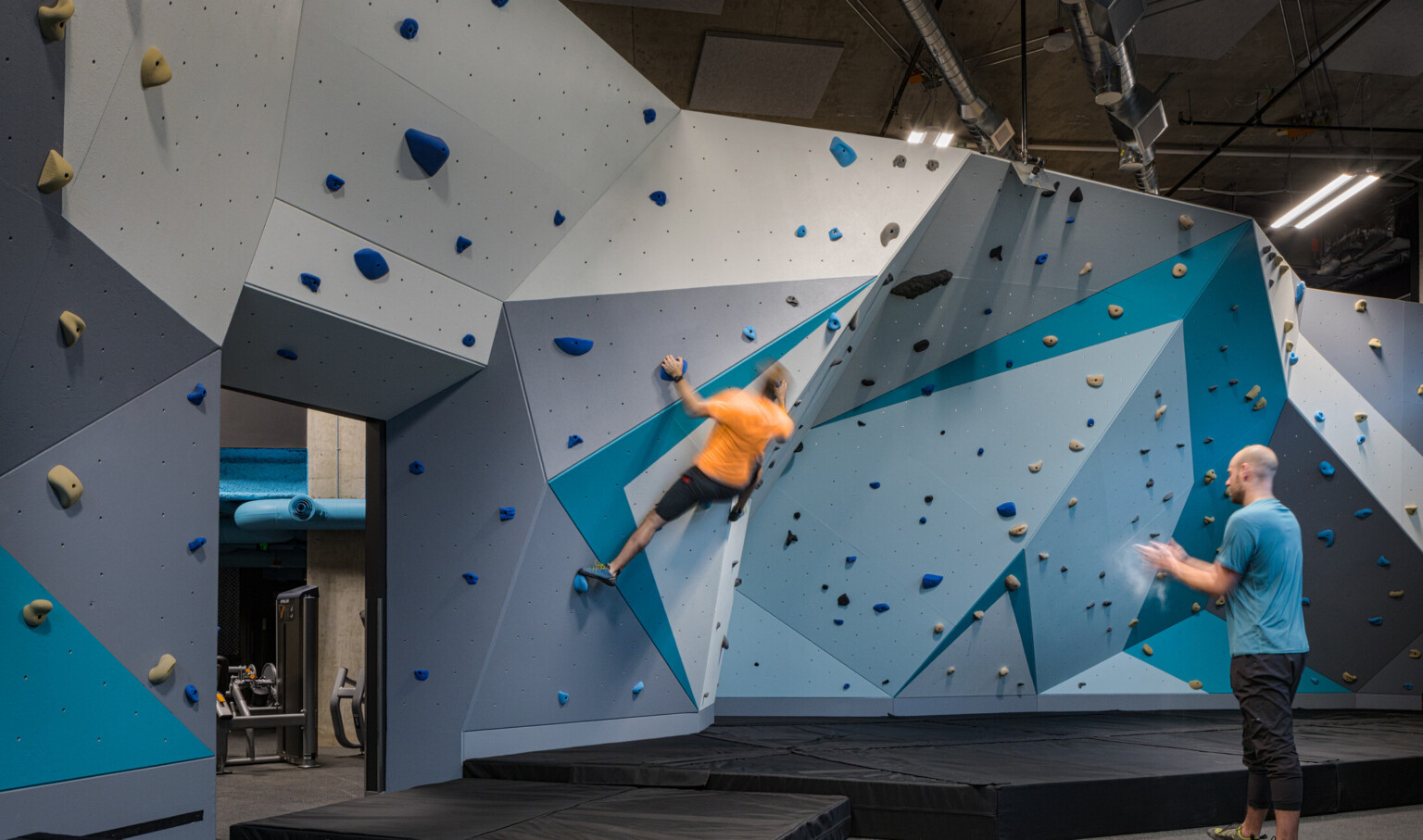
PLAY
PLAY is an important activity during childhood, but studies show continuing play as an adult adds health, wellbeing, and social benefits to our lives. PLAY teaches and improves our ability to learn, communicate, cooperate, and reduce stress at any age. When we PLAY together, we produce feel-good hormones and bonding hormones, helping us not only improve our mood but also bring us together.
Games and activities with others are gaining popularity after years of social isolation. Having fun with others enhances wellbeing and builds relationships. It can also improve emotional healing and supercharge learning, fostering trust, intimacy, and psychological safety. When playing, people often drop their guard and focus on something outside of themselves, which helps with navigating uncertainty and building self-esteem, ultimately helping people thrive.
PLAY spaces include the right facilities for sports or bar games like pool and darts but also offer room for people to gather comfortably. Spaces for PLAY should signal visibility and openness, not privacy or territoriality, so new friends can join in with ease. They include areas for games, physical activity, and movement, as well as storage and seating. Outdoor PLAY spaces continue to rise in popularity, such as pickleball and tennis courts, lawn bowling or bocce ball greens, and the ever-popular corn hole.
These spaces contribute so much to health and wellness that they add great value to a development, campus, or educational setting. Having options for play within a five- to fifteen-minute walk is considered a major lifestyle asset. While a 15-minute walk aligns with the broader urban planning principle of the “15-minute city,” reducing this range to five minutes for some key amenities ensures accessibility for individuals with mobility challenges, families with young children, or those looking for quick breaks during busy schedules. For others, broader access within a 15-minute radius can still provide valuable opportunities for engagement and activity.
When designing these projects, consider options to provide a healthy balance. If there are tennis courts within a five-minute walking distance of a new apartment building, developers can consider adding on-site options with a more intimate scale, such as table games like ping pong, shuffleboard, or mahjong.
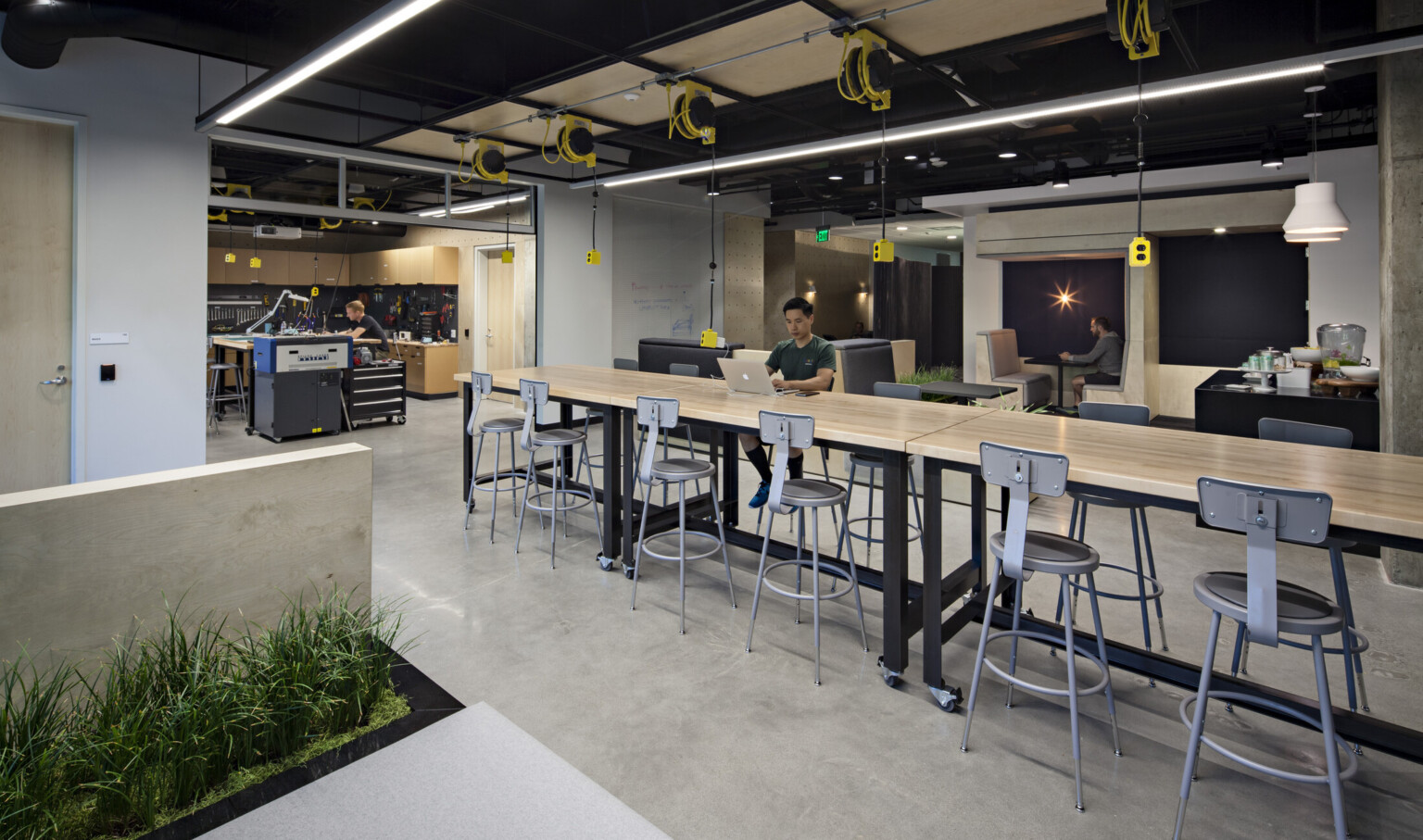
CREATE
Like PLAY, creative expression is often encouraged in childhood and set aside as people enter their working years. Since 2020, however, there has been a resurgence of interest in low-pressure group creative activities, whether online or in person.
Finding ways to explore our own creativity and productivity allows us to realize our full potential as human beings. Creating allows individuals to express their thoughts, feelings, and experiences in unique ways. Engaging in creative activities can reduce stress, anxiety, and depression to improve mental health outcomes. We can also connect with others through creating together as a GATHER activity. Practicing creative thinking can stimulate cognitive function and increases a tendency to find innovative solutions to challenges, bringing benefits to our careers and relationships. Seeing success from practice or a job done well helps boost confidence over time. Overall, dedicating time to increase your creativity is a valuable tool for personal growth, wellbeing, and connection with others.
CREATE spaces offer a way to change the environment, shift perspective, and get in the zone – what psychologists call ‘flow state.’ Curiosity and critical thinking come together as we synthesize information. CREATE spaces provide the backdrop for this to occur. Creative work often begins alone before connecting with a group to share and improve, so these spaces should offer flexibility to shift from solo seating to a communal table. Whether cooking, creating art, or flower arranging, CREATE spaces need to be able to handle a mess and easy cleanup.
When offering a creative space as part of a campus or development, programming is an important consideration. While a well-designed space will offer the storage, cleanup, electricity, and lighting required, keeping that space active and welcoming is a human skill. The most innovative spaces, like coworking spaces or entrepreneurship hubs, often have a community manager specifically charged with keeping the calendar full and connecting individuals to relevant and interesting activities.
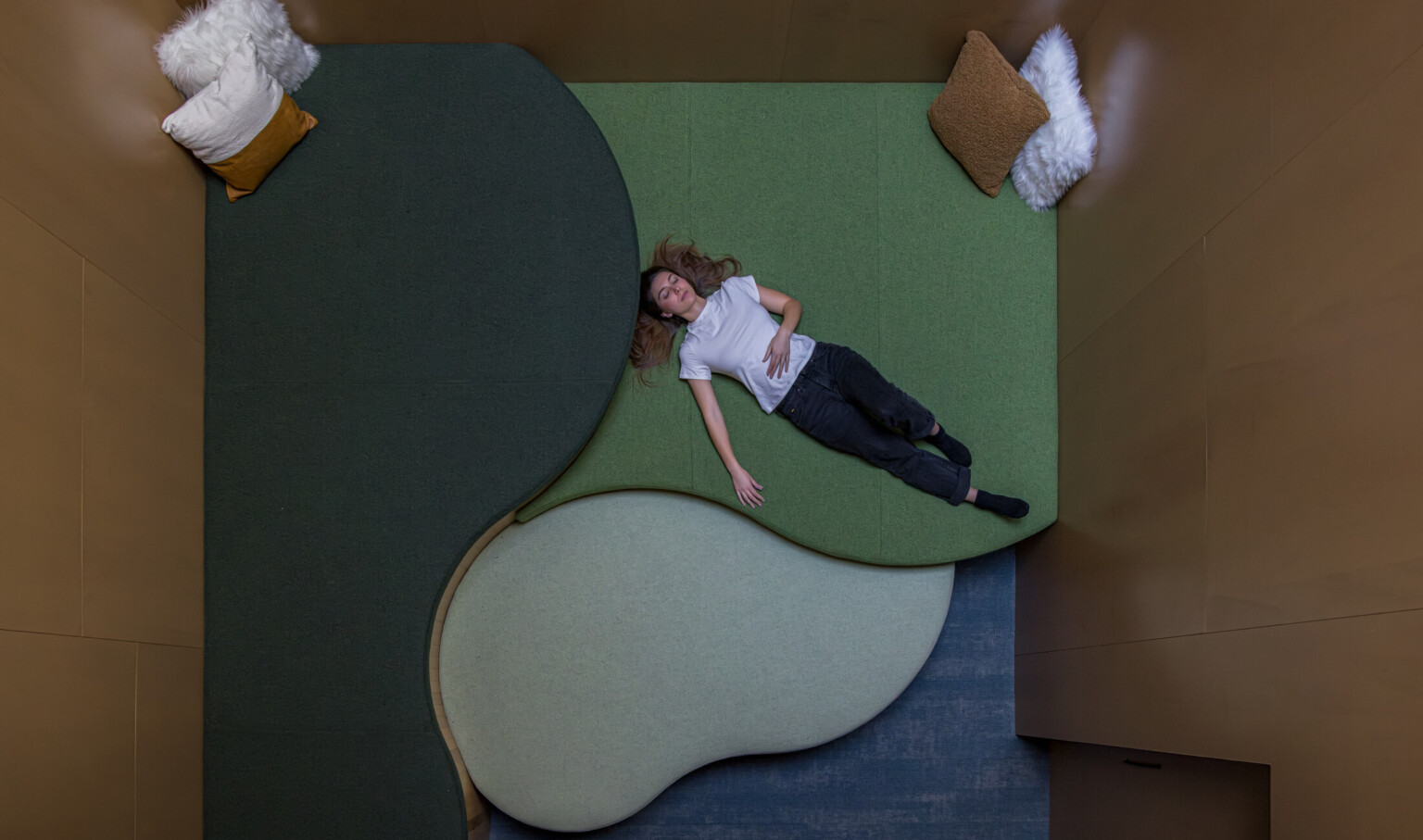
RESTORE
In our busy, vibrant lives, we all need a chance to pause and recollect our energy. Whether it is a chance for physical and mental rest, recharging our minds and attention spans, restoration is critical for feeling productive and well throughout the day. Despite this, restorative environments are scarce in some communities, or access is limited to a select group. Because a fast-paced and exciting lifestyle full of competing stressors and distractions can quickly erode wellbeing, neighborhoods and living spaces that offer respite, gentle social connection or positive distraction, and healthy activities are always of value.
RESTORE spaces are complementary to GATHER, PLAY, and CREATE. While all can be restorative and renew our energy or sense of wellbeing, a specific, restorative space that supports quiet reflection, a rejuvenating activity, or meaningful rest is important for a productive life. RESTORE spaces provide opportunities to leave stress and drama behind, providing psychological safety that allows people to be unguarded. They can be indoors or outdoors, inspire movement or deep mindfulness, and are most impactful when biophilic elements are included, such as living plants, natural materials, and expansive views are present.
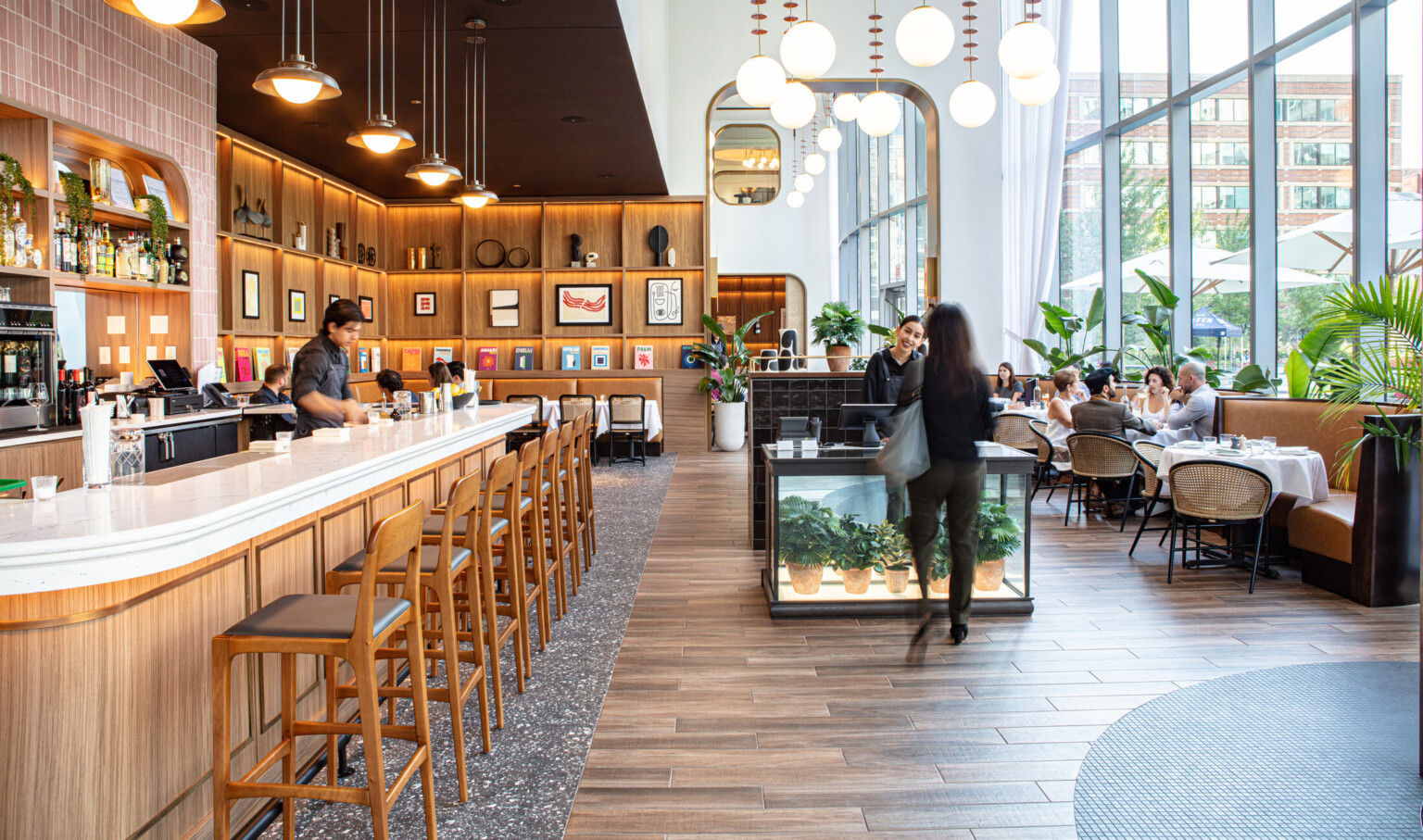
NOURISH
The need for food and drink brings people together in powerful ways. Throughout history, sharing meals has been central to many cultures, symbolizing hospitality, celebration, and togetherness. In some traditions, eating together strengthens family ties, conveys respect, and cultivates deeper connections within communities. Our research shows that eating together improves mental health, reduces stress, and builds stronger social connections.
NOURISH spaces work best when they accommodate various dining styles, from quick snacks to leisurely meals. A mix of seating options supports different social dynamics – counter seating for solo diners, small tables for intimate conversations, and community tables for larger gatherings. These spaces should flow naturally between indoor and outdoor areas, creating opportunities for both climate-controlled comfort and open-air dining experiences.
Beyond basic functionality, NOURISH spaces require thoughtful attention to practical details that enhance the user experience. Proper ventilation, well-designed cleanup areas, and adequate storage allow for activities from daily dining to special events. When intentionally designed, these spaces become vibrant community hubs that support both physical wellbeing and human connection. Through cooking classes, potluck dinners, or casual coffee hours, nourishment spaces help satisfy our fundamental needs for both sustenance and social interaction.
Planning for the inclusion of spaces, specifically for these five activities – gather, play, create, restore, and nourish – is fundamental to how we design the places where we live, work, and play. Our research continues to explore other key wellbeing activities and spaces that can improve health and wellness outcomes for an overall state of wellbeing as part of our ongoing efforts to elevate the human experience through design.
This wellbeing article and work was supported by DLR Group’s R+D Grant program and led by Principal and Interiors Leader Lisa Kong, NCIDQ and Senior International Planning Leader Giancarlo Mangone. As an employee-owned firm, DLR Group continues to invest in the knowledge and innovation of all our owners through internal grant funding. Our R+D Grant program is led by Principal and Design Research Leader B. Sanborn, AIA Allied, EDAC, and Principal and Design Technology Leader Bill Carney.
